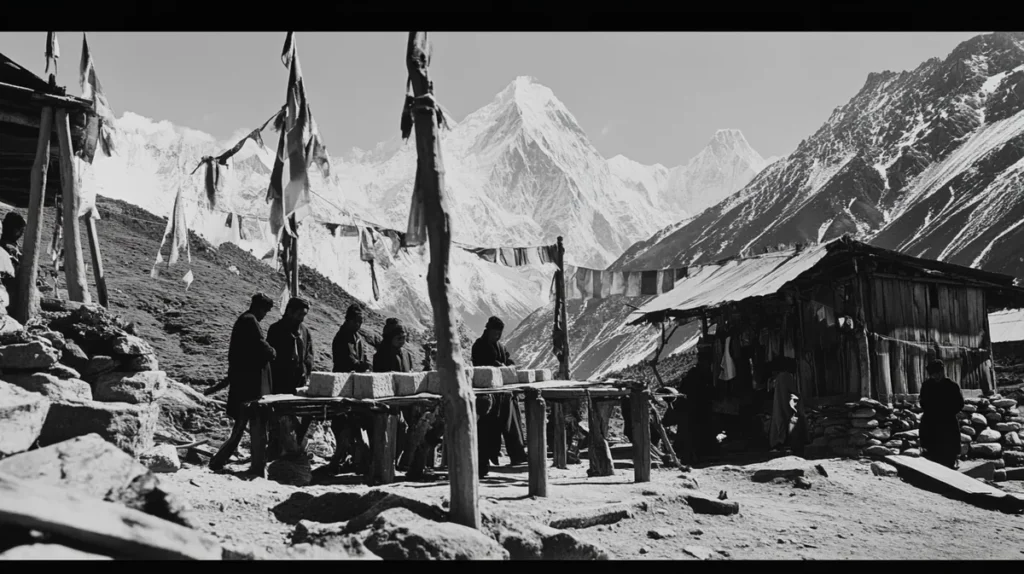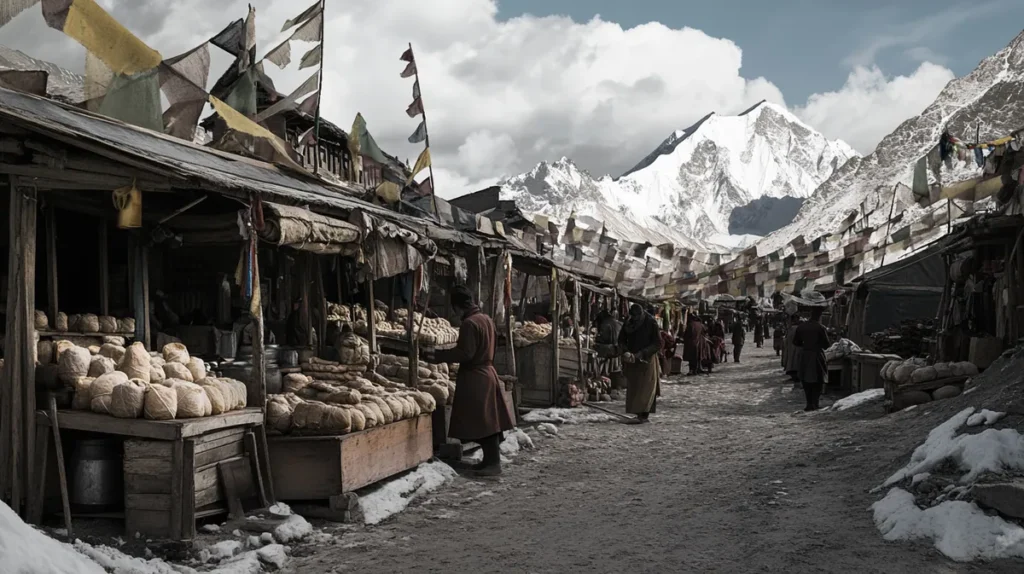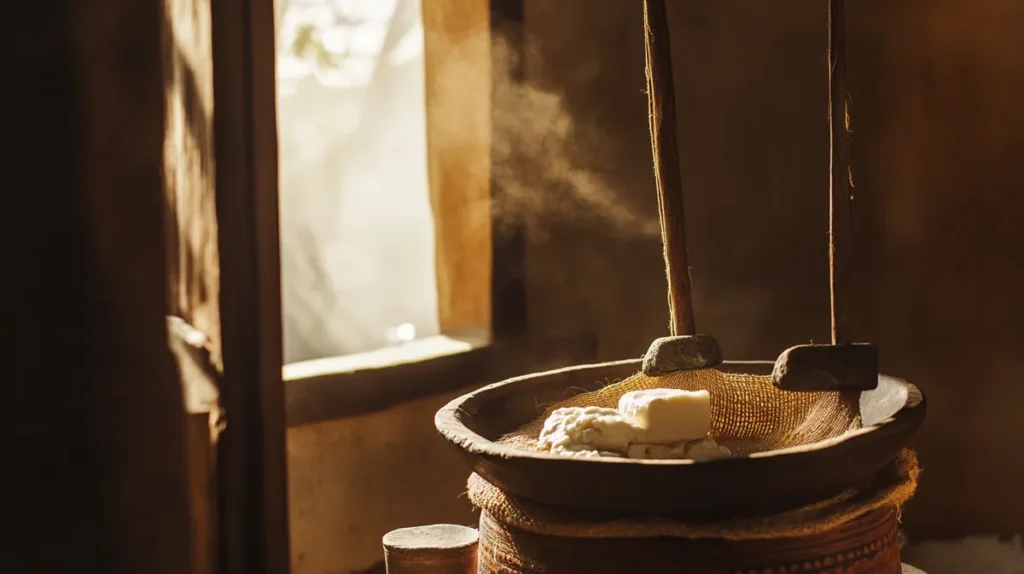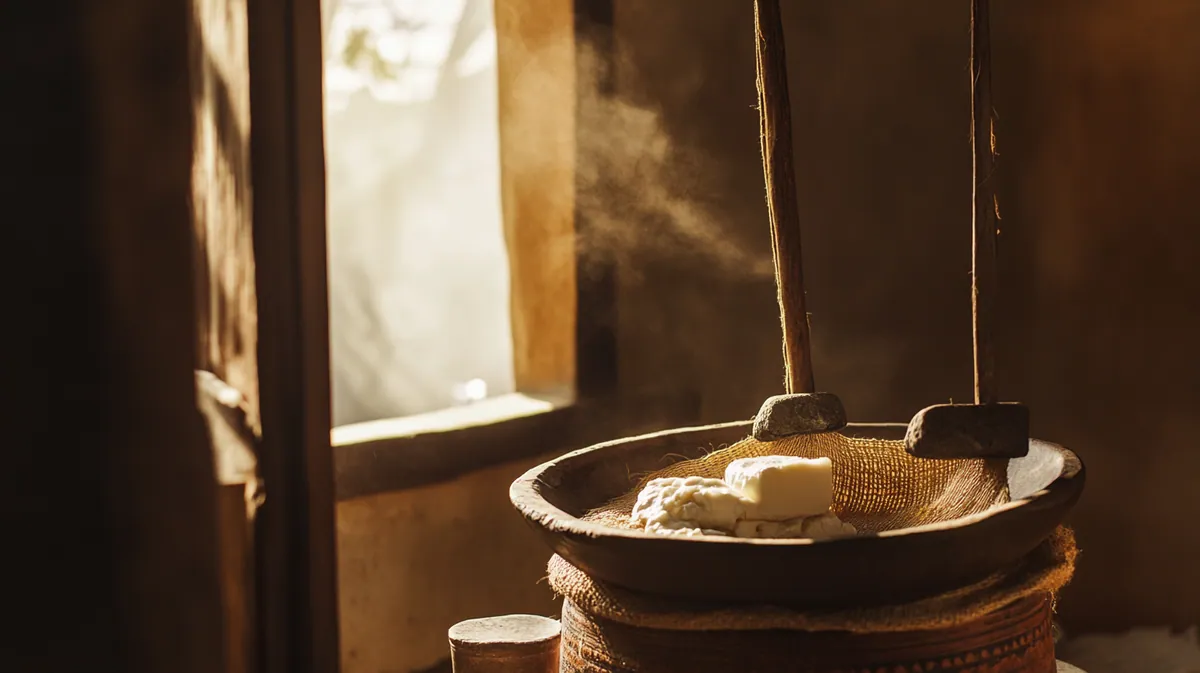Chhurpi: The World’s Hardest Cheese – A Himalayan Marvel
In the towering peaks of the Himalayas, where survival demands ingenuity, an extraordinary cheese has stood the test of time. Chhurpi, renowned as the world’s hardest cheese, represents centuries of culinary innovation and practical necessity.
Properly stored in traditional yak skin bags, this remarkable cheese can remain edible for up to two decades. It continues to sustain communities across Nepal, India, Bhutan, and Tibet.
The Birth of a Mountain Marvel

The story of Chhurpi begins thousands of years ago, emerging from the practical wisdom of Himalayan pastoralists. These resourceful communities faced a common dilemma: how to preserve precious milk from their yaks, cows, and chauri (yak-cow hybrids) in an environment where refrigeration was nonexistent.
Fresh dairy products were impossible to transport across vast mountain distances. Innovation was essential for survival.
Nepali anthropologist Mukta Singh Lama Tamang explains it simply: “Chhurpi was concocted from the need to use extra milk that couldn’t be consumed or sold.”
This solution transformed perishable milk into a durable commodity. It served dual purposes – sustaining life and facilitating trade in Earth’s most remote regions.
The Art of Making Mountain Cheese

The traditional production of Chhurpi remains largely unchanged across generations. The process begins with careful milk preparation, typically from yaks or cows, boiled over wood fires in large cauldrons.
Some producers first extract butter through centrifugation or manual skimming. This maximizes the utility of their precious dairy resources.
Natural souring agents transform the milk into cheese. These might be whey from previous batches, lime juice, buttermilk, or Himalayan rock salt.
The resulting curds are strained through traditional jute cloth. They’re pressed under heavy stones for at least 24 hours, gradually releasing their moisture content.
The preservation process is what makes Chhurpi unique. The cheese undergoes smoking over kitchen fires, which imparts its distinctive flavor.
High-altitude sun-drying takes advantage of the mountain environment’s natural low humidity and cold temperatures. Some producers ferment the cheese in animal skins for extended storage.
A Nutritional Powerhouse

Chhurpi serves as a crucial nutritional resource for Himalayan communities. It provides essential sustenance during harsh winter months when fresh food becomes scarce.
The cheese contains four times more probiotics than conventional cow milk cheeses. It boasts high levels of calcium and essential amino acids.
Traditional consumption often involves slowly chewing the rock-hard cheese like gum. Communities also powder it into nutritious soups and stews or pickle it alongside vegetables.
Economic Impact and Cultural Significance
Throughout history, Chhurpi has played a vital role in the economic fabric of Himalayan societies. Its exceptional preservation properties enabled dairy trade without modern refrigeration.
Its durability made it a reliable form of currency in remote markets. During lean periods, stored Chhurpi effectively served as a “bank” of preserved nutrition.
Modern Challenges and Adaptations

Despite its cultural importance, Chhurpi production faces contemporary challenges. Younger generations are increasingly abandoning pastoral lifestyles, leading to a concerning loss of traditional knowledge.
Some producers have adopted modern techniques like mechanical centrifugation. Others maintain traditional methods while adapting to global markets.
Nepal’s Churpi Durka successfully exports smoked varieties. Indian producers like Himadriyati have implemented quality controls to meet international standards.
Preserving a Living Legacy

Food scientist Pasang Darche Tamang shares an insight: “Properly cured Chhurpi tastes best within five months, but knowing it could last 20 years gives peace of mind in these mountains.”
In an age of industrial food production, Chhurpi stands as a reminder of our ancestors’ wisdom. This extraordinary cheese continues to nourish both the bodies and traditions of communities in the world’s highest reaches.









